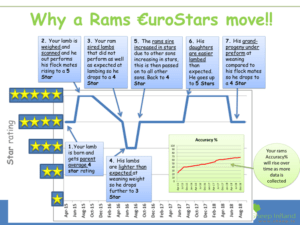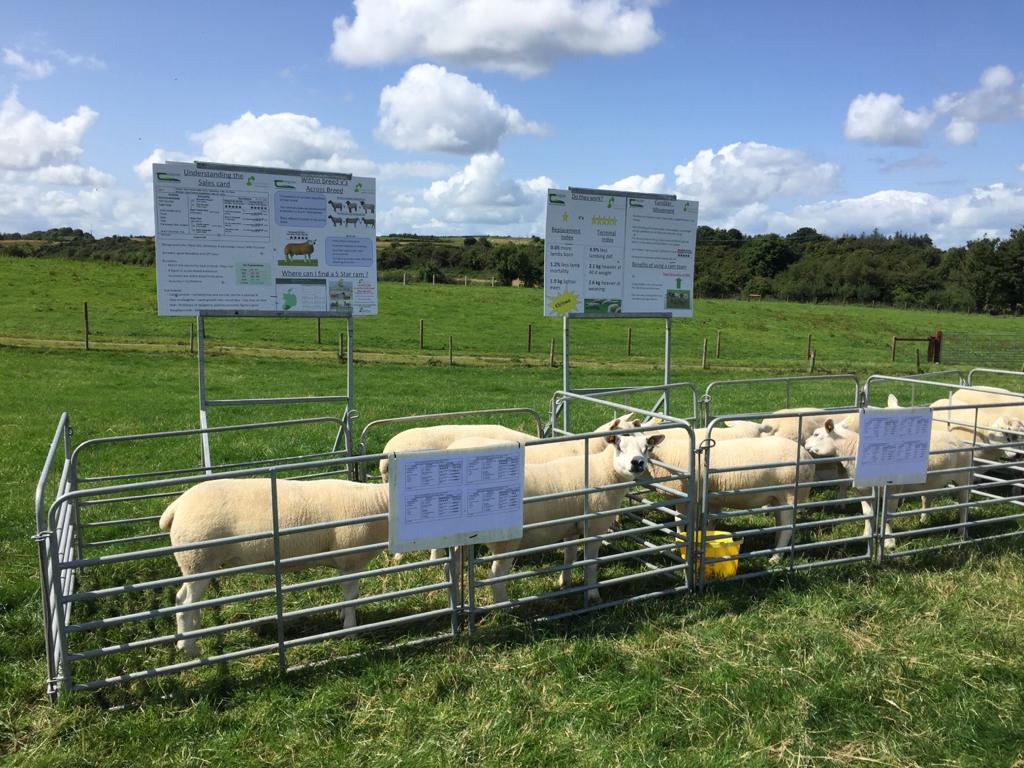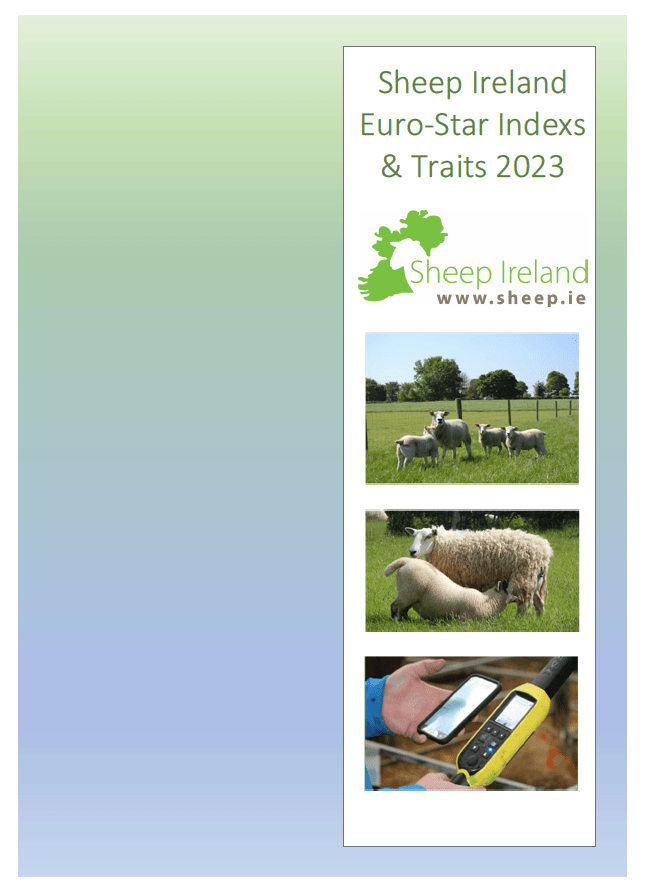The genomic evaluation runs weekly, there is potential for index movements due to new data flowing into the evaluation.
The star rating system (Table €urostar Categories 1-5 stars) was incorporated into the Euro-Star Index to make it easier for farmers to interpret; 5 stars being very good, 1 star being poor. Within breed stars rank an animal only against other animals within its own breed, ranking each index and traits in 20% groupings.

The higher the stars, the higher the predicted profitability from that animal within the breed in question.
The €urostars are based on the most recent data available before each week’s genetic evaluation. The date of the latest published €urostars will be indicated in the top right-hand side of the sales card in catalogues and on the ram search.
As more new information becomes available, this will be reflected in the animals €uroStars. This could mean the animals €uroStars increasing or decreasing, depending on the new data. Using high accuracy % rams will minimize evaluation movements.
Where breeders input a large volume of data at one time ie. 40-day and 100-day weights all at the same time, this will cause a surge of information flowing into that animal’s genetic evaluation which can result in movements in €urostars. Where animals have a low accuracy %, again these €urostars will be more likely to fluctuate as more data is recorded on that bloodline in the future.

The DQI helps to minimize the significant fluctuations in the €urostars. The DQI encourages farmers to input data in a timely manner to reduce sudden fluctuations occurring in the €urostars.


